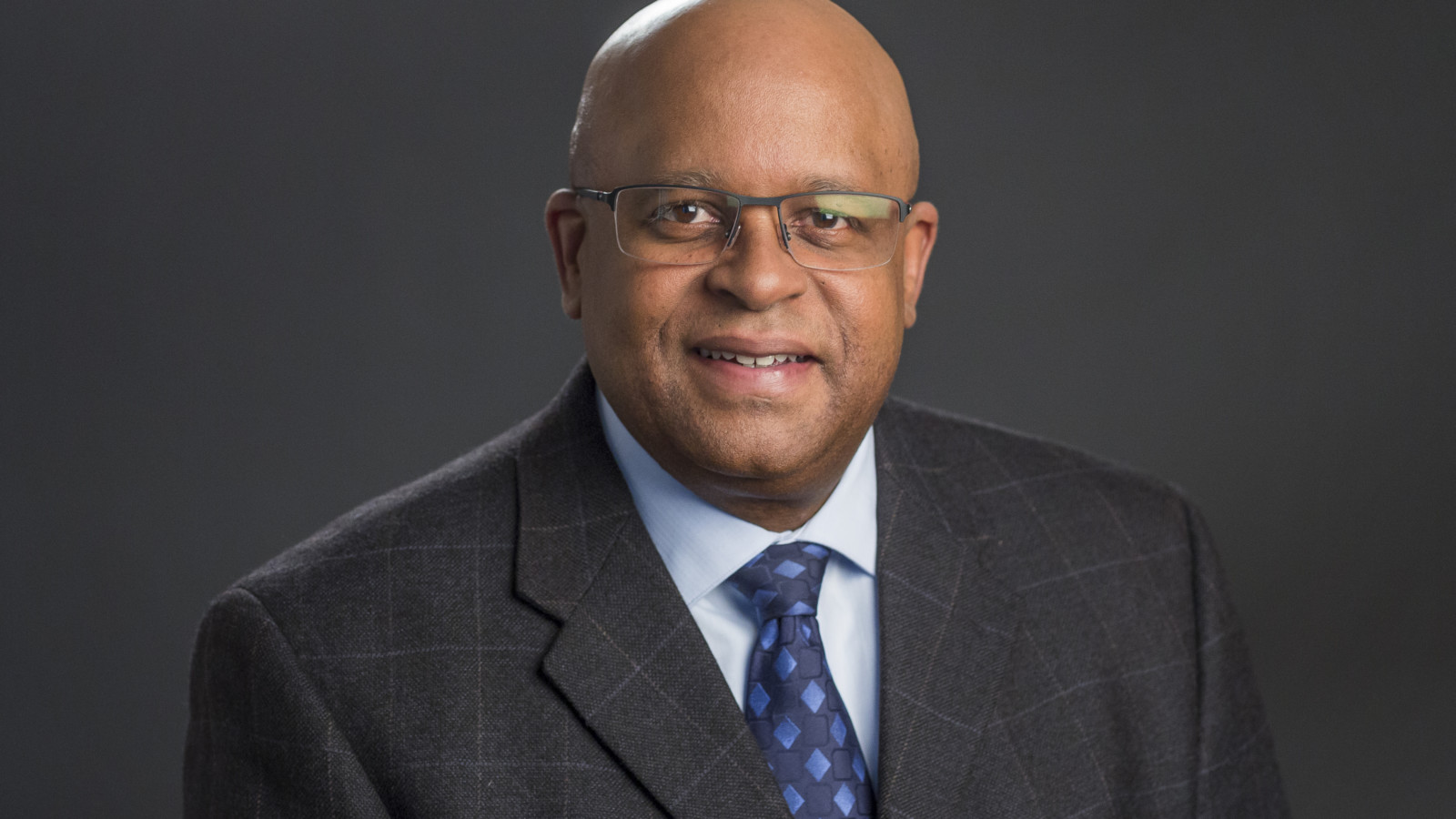With the crisp autumn air making its way to the Hudson Valley, most of us can’t help but feel revitalized. And this year, there’s something metaphorical about it: perhaps those restorative fall temperatures can reinvigorate many areas of our lives as we shift into what we hope will be the tail end of this global health crisis.
Among those areas that unquestionably need to be reinvigorated as we move into a new season is the workplace. Considering the widespread staffing shortages that most industries are facing, we feel that the October 2021 National Disability Employment Awareness Month (NDEAM) theme, “America’s Recovery: Powered by Inclusion” is a perfect fit.
One common inquiry we get at Anderson Center for Autism is: “How do I make my workplace more inclusive?” Here are five tips that might be helpful:
- Be Flexible. Throughout the pandemic, we’ve all had to learn to accommodate changing circumstances. Many have modified business models and practices to benefit the well-being of everyone in their path. Why not bring the same spirit of flexibility to people with disabilities who want to work for you? Ask them what they need to feel productive and successful, and then pivot where needed in order to make it happen.
- Develop Policies/Guidelines. Acknowledge the importance of building a formal strategy to recruit and retain a talent pool that includes people with disabilities. Within that document, be sure to address any training and technology needs, the importance of modifying benchmarks for productivity as needed, and developing supportive mentoring/coaching programs.
- Work with an Agency Partner. Consider forging a relationship with an agency like Anderson Center for Autism who can provide consultation and proper training so that you and your team are better positioned to develop mutually beneficial workplace partnerships with people who have disabilities. There are so many aspects of an inclusive workplace that employers and employees inadvertently overlook – but by having experts in the field at the table, you can feel more confident that you’re covering all bases.
- Create a Clear and Friendly Process for Requesting Accommodations. Make sure that eligibility guidelines for accommodations are outlined and easy to locate within company handbooks, and be sure that everyone understands exactly how to request the confidential support they need to be successful.
- Build an Inclusive Culture. Ensure that everyone has a voice and that you’re doing your part to create a safe space in which people feel comfortable communicating their ideas, needs, concerns, and feedback. Create advancement opportunities, publicly applaud achievements, engage in team-building workshops, and adopt a zero-tolerance policy for discrimination of any kind. Lead by example – with kindness and a focus on honoring the individuality of each person in your organization.
There’s no question that people with special needs deserve equality in the workplace and in all areas of life. By creating opportunities for people who are differently abled to share their unique skill sets and talents, you help give them a chance to experience their right to a fulfilling, productive life, while likewise enriching life for everyone who has the great privilege of working with them.
It’s a win for all – in every season.
Patrick Paul is the CEO/Executive Director of Anderson Center for Autism, located in Staatsburg, whose organizational mission is to “optimize the quality of life for people with autism.” Visit andersoncenterforautism.org to learn more.


